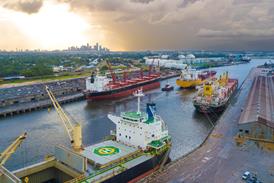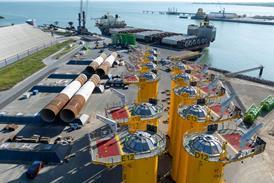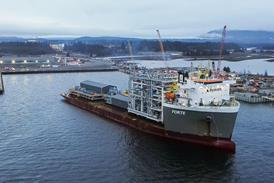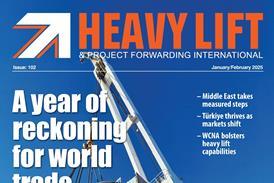HLPFI has reported extensively on developments at Denmark’s Port Esbjerg, which has grown significanlty over the years. The fifth phase of the port’s expansion has now hit a significant milestone and it has also entered into a partnership with Norway’s Windport.
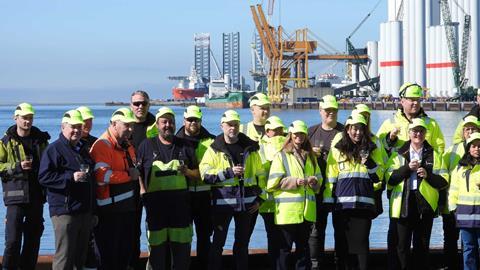
The port said that more than 4 million cu m of sand and clay has been moved and repurposed – resulting in the addition of over 570,000 sq m of new port area. By the end of the year, this new space will be ready for leasing, increasing the port’s total area by 10 percent.
It said this expansion is especially driven by growing demand in three areas: offshore wind, modular cargo, and carbon capture and storage (CCS).
“This expansion is a clear demonstration of Port Esbjerg’s international relevance. It is essential for enabling the green transition and ensuring optimal conditions for the companies operating at the port,” said Dennis Jul Pedersen, ceo at the gateway.
Ziton, meanwhile, has shared details of its expansion at the port. The construction of its new warehouse is “progressing smoothly”, the OEM supplier said, with the structure taking shape. This facility will play a key role in supporting offshore wind operations.
Moreover, Port Esbjerg and Norway’s Windport (located 20 minutes from Kristiansand) entered into a strategic partnership to accelerate offshore wind development in the North Sea. The ports said this partnership is not only built on their close proximity but is an opportunity for sharing knowledge and expertise.
WindPort offers ideal conditions for offshore wind operations, with 200,000 sq m already developed and potential to develop 1 million sq m across three fjordside locations. As Norway’s southernmost port, it provides direct access to the North Sea and smooth navigation for large vessels, making it a future-ready marshalling hub.
Looking ahead, WindPort has set a clear ambition: to become the wind turbine generator (WTG) marshalling port for the Sørlige Nordsjø II (SNII) offshore wind project, the first large-scale offshore wind development on the Norwegian continental shelf.

